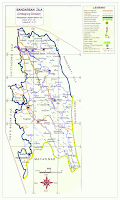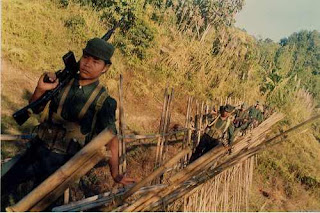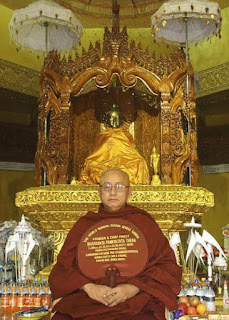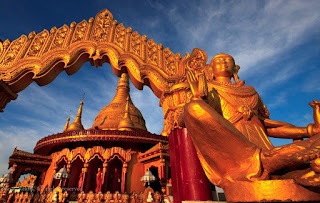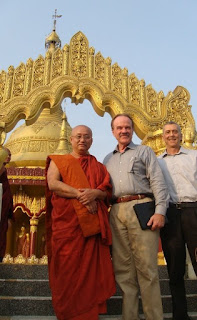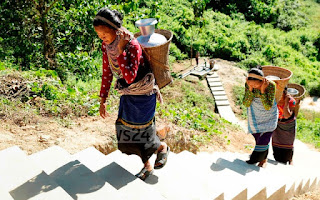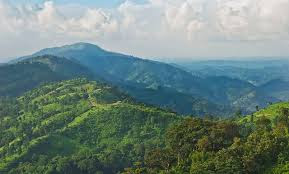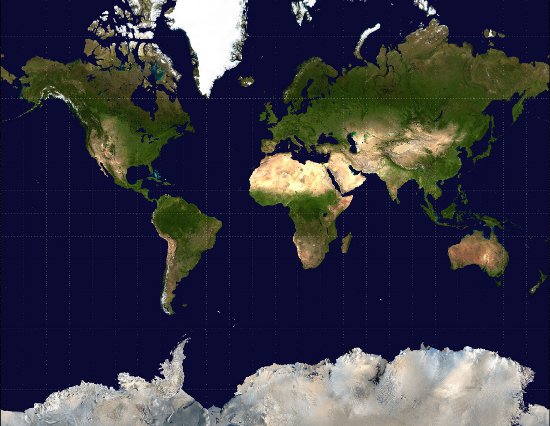List of Upazila in Bandarban district:
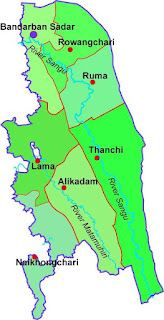 |
| Districts Upazila Map |
Name of Upazila
|
Area (Sq.Km)
|
Lama
|
677.00 Sq. Km.
|
Thanchi
|
2610.00 Sq. Km.
|
885.78 Sq. Km.
|
|
Ruma
|
616.42 Sq. Km.
|
Naikhongchhari
|
469.00 Sq. Km.
|
Rowangcchari
|












